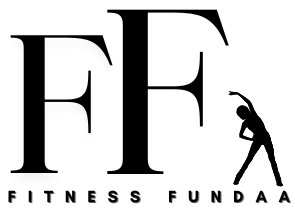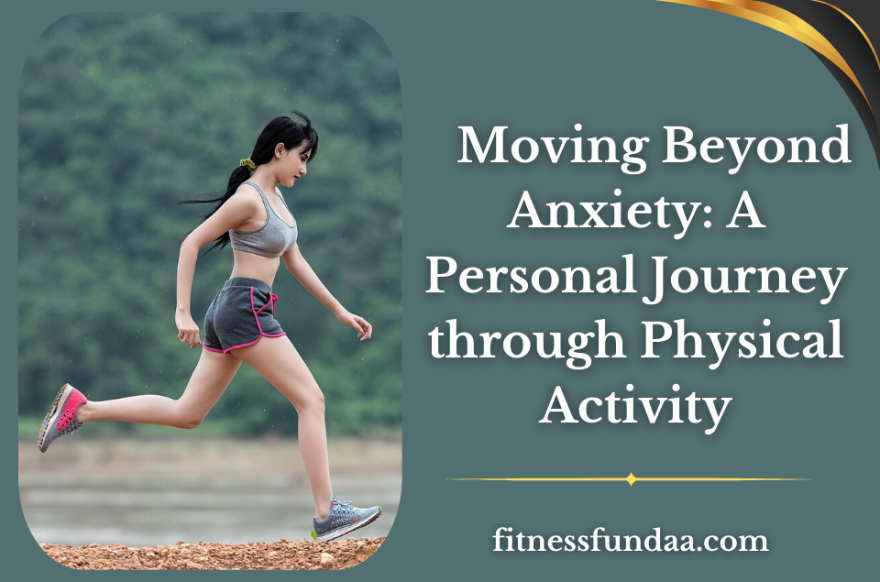Starting your journey toward weaving physical activity into your life is a personal decision, and it all begins with that first simple step. Think of physical activity as a way to express yourself, like painting on a canvas where your body tells its own story. Each movement is like a brushstroke, contributing to a bigger picture of well-being.
When you engage in physical activity, it’s like having a conversation with your body using its own language. It releases endorphins, those feel-good chemicals that sync up with your emotions. Whether it’s a brisk walk or a dance session, it’s not just about breaking a sweat; it’s about breaking free from the grip of worry.
Now, let’s talk about strength training – it’s like sculpting not just your muscles but also building a reserve of confidence. The weights you lift become a metaphor for overcoming the weight of anxiety. Each repetition is like a badge of strength, creating a narrative of empowerment and resilience.
Types of exercises
Aerobic Exercises (e.g., Jogging, Cycling):
Activities like jogging or cycling release mood-enhancing endorphins, offering a refreshing way to shake off stress.
Strength Training:
Weightlifting or bodyweight exercises build both physical strength and confidence, counteracting feelings of helplessness tied to anxiety.
Yoga:
Yoga, with its intentional poses and controlled breathing, serves as a powerful tool for reducing anxiety, offering various styles for individual preferences.
Mindfulness Practices:
Activities like tai chi combine movement with meditation, helping shift focus to the present moment and providing relief from anxious thoughts.
Dance and Movement:
Dancing, whether in a class or freely at home, is not just physical activity but a creative expression that brings joy and releases tension.
Outdoor Activities:
Outdoor pursuits like hiking or jogging in nature provide additional benefits by reducing stress levels through exposure to natural surroundings.
Group Exercises:
Joining fitness classes or team sports not only offers physical benefits but also adds a social dimension, reducing feelings of isolation and contributing to better mental health.
And then there’s yoga – the art of mindful movement. Incorporating yoga into your routine transforms physical activity into something more profound. The intentional poses and controlled breaths weave together, creating a beautiful tapestry of mindfulness. It’s not just about being flexible; it’s a story of finding calm in the midst of life’s chaos, a sanctuary for your mind.
The beauty of this journey is that it’s yours to craft. Each step, each stretch, and each mindful breath contribute to a narrative of well-being. It’s like writing your own story, where physical activity becomes the brush that paints away the shadows of anxiety. So, take that step, have that conversation with your body, sculpt your strength, and find mindfulness in every movement. Your story of resilience and empowerment is waiting to unfold.
Team Sports and Social Harmony:
Imagine physical activity as a communal experience, a shared narrative of triumphs and camaraderie. Engaging in team sports or group activities introduces a social dimension to the journey, providing a support network that combats the isolating tendrils of anxiety. The shared laughter and encouragement become a chorus of resilience.
Building Your Unique Toolkit:
- Embark on a Quest of Realistic Goals: Begin your journey with achievable milestones. Each goal attained is a chapter completed, contributing to the evolving narrative of triumph over anxiety.
- Weave a Routine of Consistency: Transform physical activity into a rhythmic routine. This consistency isn’t just about exercise; it’s about creating a reliable anchor amidst the unpredictable currents of anxiety.
- Experiment with Your Unique Movement: Your body craves variety. Experiment with different activities until you discover the movement that resonates with your essence. Let your body guide you through this dynamic narrative.
- Merge Mindfulness with Motion: Infuse mindfulness into your physical narrative. Be present in each movement, let your breath synchronize with your strides, and allow the world around you to become part of your story.
- Listen to the Wisdom of Your Body: Your body is an eloquent storyteller. Listen to its whispers and respond with kindness. Modify your narrative when needed, ensuring that each chapter brings joy and liberation.
Setting realistic goal
Setting achievable goals is like creating a roadmap for incorporating physical activity into your routine without the stress. It’s all about choosing goals that fit into your daily life and fitness level, making them doable and realistic.
These goals, even if they’re small, become little victories that boost your confidence. They build this sense of “I can do this!” that propels you forward. Consistency is key when it comes to physical activity, and realistic goals help you build a routine that’s both manageable and long-lasting.
By starting with goals that you can actually achieve, you sidestep that overwhelmed feeling that often comes with overly ambitious plans. These goals aren’t just for today; they’re building blocks for your long-term well-being. And let’s not forget, your goals should be as unique as you are. Personalizing your fitness journey by tailoring goals to your preferences makes it enjoyable and adaptable, creating a positive impact on both your body and mind.
Conclusion:
The journey of using physical activity to cope with anxiety is a narrative uniquely yours. Through each step, each pose, and each shared moment, you craft a story of resilience, empowerment, and well-being. Embrace the transformative power of movement, and let it become the pen that writes the next chapter of your life – a narrative free from the constraints of anxiety.
FAQs Answered in the Article:
How does yoga contribute to mental well-being?
A: Yoga, described as the art of mindful movement, transforms physical activity into a profound experience. Its intentional poses and controlled breaths create a beautiful tapestry of mindfulness, offering a sanctuary for the mind amidst life’s chaos.
How does team sports contribute to social harmony?
A: Team sports or group activities introduce a social dimension to the journey, providing a support network that combats the isolating tendrils of anxiety. The shared laughter and encouragement become a chorus of resilience.
Why start the journey with realistic goals?
A: Embarking on the journey with achievable milestones allows for a sense of accomplishment, contributing to the evolving narrative of triumph over anxiety.
Why is consistency important in physical activity?
A: Consistency transforms physical activity into a rhythmic routine, creating a reliable anchor amidst the unpredictable currents of anxiety.
How does experimenting with different activities contribute to well-being?
A: Your body craves variety, and experimenting with different activities helps discover the movement that resonates with your essence, allowing your body to guide you through a dynamic narrative.
What is the significance of merging mindfulness with motion?
A: Infusing mindfulness into your physical narrative allows you to be present in each movement, syncing your breath with your strides and letting the world around you become part of your story.
Why is it important to listen to the wisdom of your body?
A: Your body is an eloquent storyteller, and listening to its whispers and responding with kindness ensures that each chapter of your physical activity journey brings joy and liberation.
Why are realistic goals essential in incorporating physical activity?
A: Setting achievable goals creates a roadmap without the stress, making it doable and realistic. Small victories boost confidence and contribute to long-term well-being.
How do realistic goals contribute to consistency?
A: Realistic goals help build a routine that’s manageable and long-lasting, ensuring consistency in physical activity and forming habits for ongoing health benefits.
Why is personalizing goals crucial in fitness journey?
A: Personalizing fitness goals to fit individual preferences makes the journey enjoyable and adaptable, creating a positive impact on both body and mind.
How should individuals embrace the transformative power of movement?
A: Individuals are encouraged to embrace the transformative power of movement, letting it become the pen that writes the next chapter of their lives – a narrative free from the constraints of anxiety.
See also :30-Day Fitness Challenge: Transform Your Body and Mind

